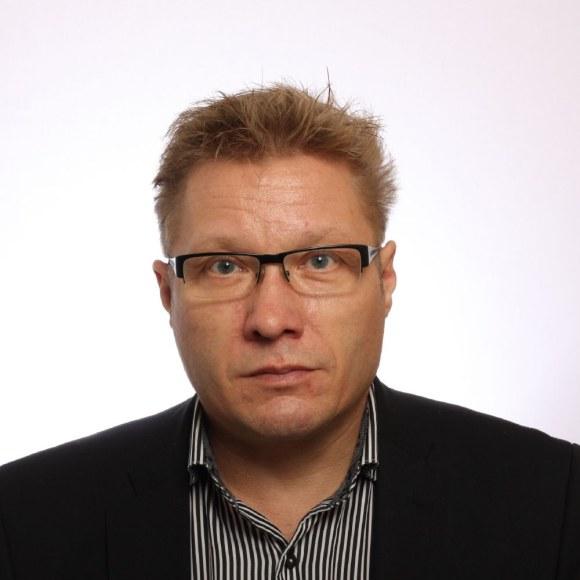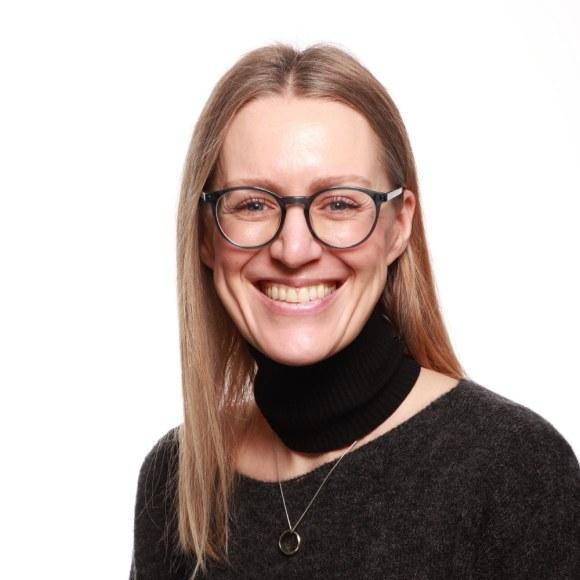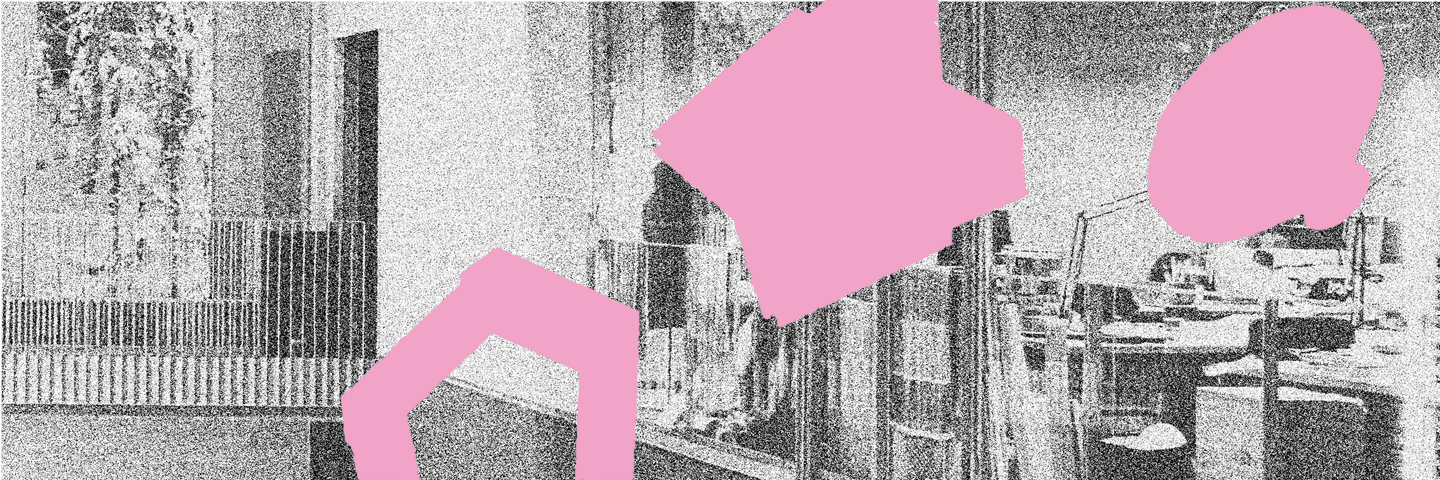
Architecture

The School of Architecture at the University of Tampere educates architects and other experts in the field of architecture and conducts scientific and artistic research. The school offers expertise in the field of architecture and actively impacts and participates in meaningful architectural and societal debates. In both education and research, activities focus on urban design and planning, architectural design and sustainable housing, and history of architecture and built heritage.
The architecture school offers an excellent working and studying environment and community for students, teachers and researchers. We work in a progressive, inspiring and equal environment based on cooperation and mutual respect. Flexibility and a friendly participative atmosphere are our unique strengths.
Our mission is to create and protect well-being in human habitats through education, research and collaboration. We take care of the continuity of our built culture and critically re-think material, ecological, social and cultural sustainability, while fostering healthy, accessible, beautiful and authentic architecture.
Arkkiblogi
Thoughts on learning, teaching and researching architecture – occasionally also in English.
News
Architecture
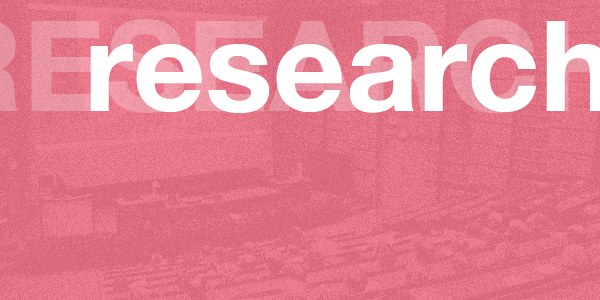
The School of Architecture conducts high-impact, multidisciplinary research that encompasses the following broad areas of research: Architectural Construction, Architectural Design, History of Architecture and Management of Built Heritage, Renovation and Circular Economy, Sustainable Housing Design, and Urban Planning and Design. We share an interest in the ecological and cultural sustainability of the built environment and the social significance of space. Research areas are connected to our teaching activities and doctoral research, where students, teachers and researchers work together in an international environment.
Architectural Design and Sustainable Housing
In the architectural design area, researchers aim to achieve meaningful societal change through two research groups:
Sustainable Housing research (ASUTUT) investigates and re-imagines new approaches to housing design and its spatial and architectural quality in an ever-changing world. Priorities include adaptable and accessible housing, different models of co-housing and shared spaces, energy efficient housing and user satisfaction and dwellers health and well-being.
ASUTUT – Sustainable Housing Design Research Group
SPREAD (Spatial & Speculative Research in Architectural Design) weaves together theoretical, historical, practice-based, social and scientific research to explore new ways of relating architectural practice and theory. SPREAD speculates and reflects on spatial qualities in architecture by exploring theory and investigating architectural criticism and design processes and methods.
SPREAD – Spatial & Speculative Research in Architectural Design
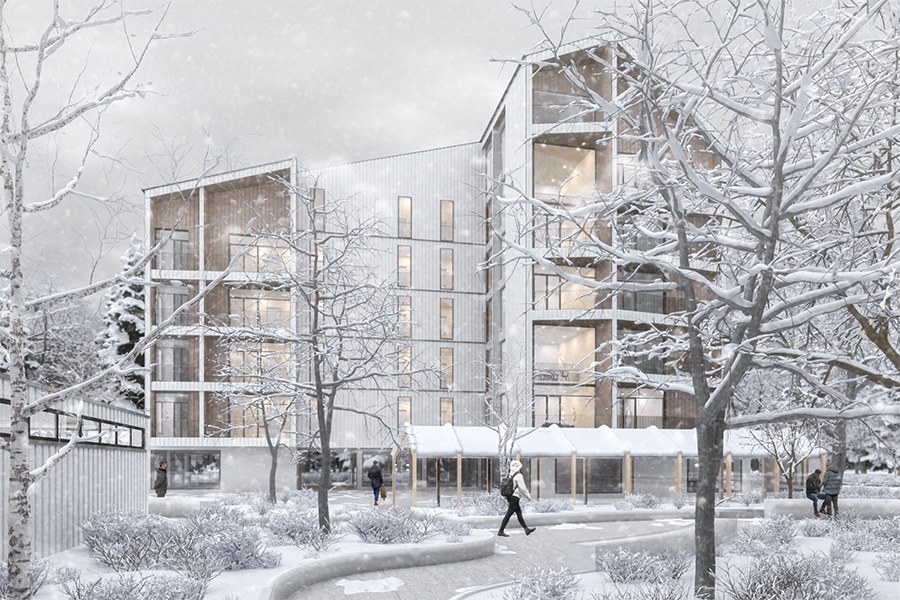
History of Architecture and Built Heritage
Our research on architectural heritage management aims to preserve and develop a culturally and ecologically sustainable built environment. Our research focuses on the tradition of wood construction, the values of building protection, the history of modern architecture, the sustainable use and development of the building stock, especially in suburban renovation and the reuse of concrete elements, and promoting the competitiveness of Finnish large-scale industrial wood construction as part of the bioeconomy and sustainable development. Research is carried out in cooperation with, for example, Civil Engineering. We aim to promote the preservation of the cultural, economic and functional value of the built environment in sustainable ways.
Urban Planning and Design
Our research in urban planning focuses in particular on the different aspects of planning and the development of cities and urban areas. Research priorities include research into planning systems and practices, expression of space and power in urban planning, urban experiences including mobility and public space in cities, comprehensive development of the built environment in a forward-thinking manner, innovative methods of joint development, and research into the history of urban planning. Our research is multidisciplinary in nature and is carried out in a close cooperation with, for example, geography, transport planning, sociology,management sciences, economics and environmental psychology, including comparative case studies and critical transfer of practices from one context to another. We are looking for new practices and methods to improve user orientation and resource efficiency of the built environment.

Renovation and Circular Economy Transition
Research on renovation and circular economy transition supports the sustainable use and development of the building stock by providing knowledge that facilitates the conservation of buildings economic and functional value as well as energy and resource efficiency. Special focus areas are the renovation of mass housing and the reuse of concrete panels.
ReCET - Renovation and Circular Economy Transition

Get to know more about our research
Scientific publications
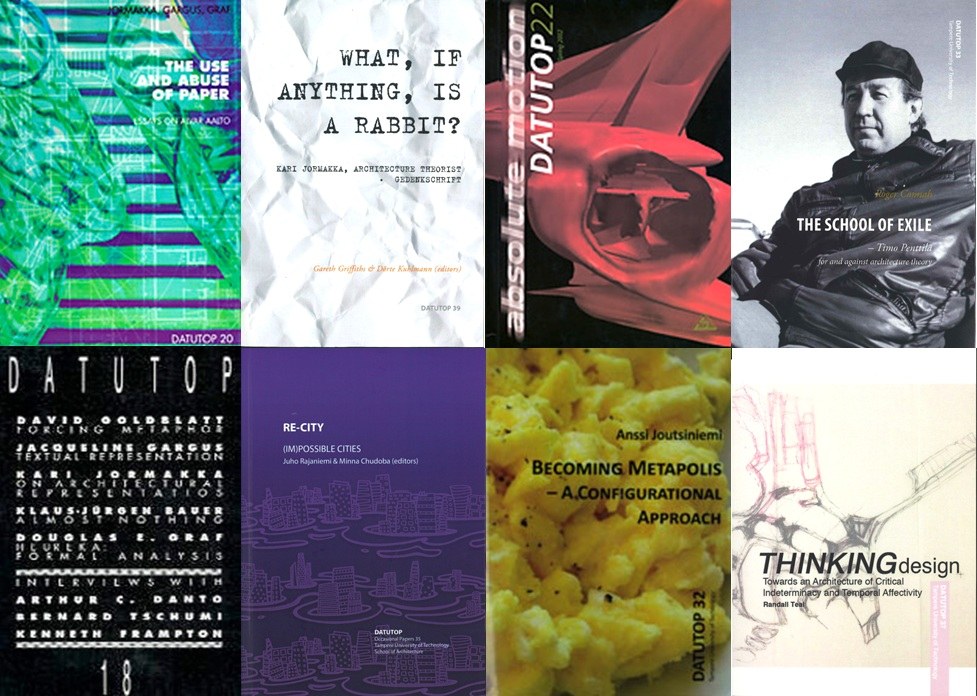
Datutop
The Datutop series was founded in 1982 by the late Jorma Mänty, professor of urban planning at the School of Architecture at Tampere University of Technology. The central themes of the Datutop publications are architectural theory and urban planning theory. Editions have varied from monographs to theme-based collections of essays and general numbers. The name Datutop originally was an acronym for Department of Architecture Tampere University of Technology Occasional Papers. Since the names of both the university and department of architecture have changed a few times during the past decades, these days the letters stand for something else: D= design, A= architecture, T= theory, U= university, T= Tampere… and OP is still occasional papers.
Due to the irregularity of its publication, advance subscriptions to Datutop cannot be handled by the editors or the university. Inquiries regarding purchases should be addressed to the distributors.
Datutop welcomes inquiries from institutions producing similar publications in the field of architecture and design theory, with a view to exchanging publications.
Editors:
Gareth Griffiths – Helsinki
Minna Chudoba – Tampere
International Editorial Board:
Daniel García Escudero – Barcelona
Klaske Havik – Delft
Sari Hirvonen-Kantola – Oulu
Dörte Kuhlmann – Vienna
Kimmo Lapintie – Helsinki
Raine Mäntysalo – Helsinki
Ola Wetterberg – Gothenburg
Contact
EDITORIAL CORRESPONDENCE
Datutop Editors,
Tampere University,
School of Architecture,
P.O.Box 600,
FIN – 33014 Tampere university,
FINLAND
architecture [at] tuni [dot] fi
Notes to Contributors
Datutop welcomes submissions for publication. Normal practice in writing scientific papers is recommended. Submissions are expected in electronic form. Good print-quality illustrations should be stored separately, but their position in the text indicated clearly. Illustration sources should be authenticated. Datutop cannot pay for illustration costs. An abstract should accompany the text, as well as a short biographical note on the author. Datutop cannot pay honoraria to authors, but they are entitled to one free copy.
Distribution and Sales
Copies of DATUTOP can be purchased by sending the issue number (and name if known), the number of copies requested, billing information and postal address by e-mail to architecture (at) tuni (dot) fi.
The prices are as follows (includes VAT 10%):
Numbers 1 – 9: 5 €, numbers 10 – 19: 10 €, numbers 20 – 29: 20 €, numbers 30 – 39: 30 €, and numbers 40 and over are 35 euros.
A postage and handling fee of 5 euros (includes VAT 24 %) will be added to the order.
Issues
Datutop 41 Curious Pedagogy
Minna Chudoba & Gareth Griffiths (eds.). Curious Pedagogy – Reflections of Urban Planning Education
DATUTOP 41
2023/ ISBN 978-952-03-3006-4 / 281 pages
Link: https://urn.fi/URN:ISBN:978-952-03-3007-1
Datutop 40 Loneliness and the Built Environment
Fernando Nieto & Rosana Rubio (eds.). Loneliness and the Built Environment
DATUTOP 40
2021/ ISBN 978-952-03-1937-3 / 167 pages
Link: http://urn.fi/URN:ISBN:978-952-03-1938-0
Datutop 39 What, if anything is a rabbit?
Gareth Griffiths & Dörte Kuhlmann (eds.). What, if anything is a rabbit? Kari Jormakka, Architecture theorist – Gedenkschrift
DATUTOP 39
2020/ ISBN 978-952-03-1601 / 300 pages
Link: https://urn.fi/URN:ISBN:978-952-03-1600-6
Datutop 38 Understanding and Designing Place
Pekka Passinmäki & Klaske Havik (eds.). Understanding and Designing Place – Considerations on Architecture and Philosophy
DATUTOP 38
2019 / ISBN 978-952-03-1113-1 / 144 pages
Link: http://urn.fi/URN:ISBN:978-952-03-1114-8
Out of Print
Datutop 37 THINKING design
Randall Teal. THINKING Design – Towards an Architecture of Critical Indeterminacy and Temporal Affectivity
DATUTOP 37
2018 / ISBN 978-952-15-4263-3-0 / 263 pages
Link: http://urn.fi/URN:ISBN:978-952-15-4264-0
Datutop 36 The Work of the Studio Aalto Collaborators
Miguel Borges De Araujo. The Work of the Studio Aalto Collaborators: Practice, Craft and Theory
DATUTOP 36
2018 / ISBN 978-952-15-4198-8 / 271 pages
Link: http://urn.fi/URN:ISBN:978-952-15-4199-5
Datutop 35 Re-City. (Im)possible cities
Juho Rajaniemi & Minna Chudoba (eds.). Re-City. (Im)possible cities
DATUTOP 35
2018 / ISBN 978-952-15-4143-8 / 150 pages
Link : http://urn.fi/URN:ISBN:978-952-15-4144-5
Datutop 34 Re-city. Future city - combining disciplines
Juho Rajaniemi (ed.). Re-city. Future city – Combining Disciplines
DATUTOP 34
2016 / ISBN 978-952-15-3624-3 / 287 pages
Link: http://urn.fi/URN:ISBN:978-952-15-3625-0
Datutop 33 Timo Penttilä Against Architectural Theory
Roger Connah. The School of Exile – Timo Penttilä Against Architectural Theory
DATUTOP 33
2015 / ISBN 978-952-15-3446-1 / 246 pages
Datutop 32 Becoming Metapolis
Anssi Joutsiniemi. Becoming Metapolis – A Configurational Approach
DATUTOP 32
2010 / ISBN 978-952-15-2311-3 / 349 pages
Datutop 31 Metaphors in Urban Planning
Terttu Pakarinen. Metaphors in Urban Planning. From Garden City to Zwischenstadt and Netzstadt
DATUTOP 31
2010 / ISBN 978-952-15-2310-6 / 120 pages
Datutop 30 Remix
Paul Kriesis. On the Relation of Town Patterns to Socio-Political Milieus
Harri Andersson. The Economic and Social Restructuring of Urban Centres
Taina Rajanti. This Place on Earth
Jukka Oksa. The Structure of Man’s Territorial Ties
Yrjö Sepänmaa. To Approve or to Criticize?
Kaj Nyman. Wittgenstein Meaning Architecture
Jorma Mänty. Second Thoughts on Functionalism
DATUTOP 30
2009 / ISBN 978-952-15-2061-7 / 135 pages
Datutop 29 City + Cinema – Essays on The Specificity of Location in Film
Lisbon – Marcelino Santos
Helsinki – Henry Bacon
Auschwitz – Robert Jan van Pelt
Boston – Doug Graf
Rome – Stijn Colpaert
Tokyo – Jean-Louis Rivard
Hong Kong – Audrey Yue
Paris – M. Christine Boyer
Sydney – Felicity Collins
Dakar – Roy Armes
Åmål – Gareth Griffiths
Milan – Dörte Kuhlmann
New York – Terri Meyer Boake
New York / Los Angeles – Kari Jormakka
Hamburg – Arturo Silva
Vienna – Djamel Zeniti
DATUTOP 29
2007 / ISBN 978-952-15-1865-2 / 223 pages
Datutop 28 The Piglet Years
Roger Connah: The Piglet Years – The Lost Militancy in Finnish Architecture
2007 / ISBN 952-15-1469-8 / 176 pages
Datutop 27 The Art of the City – From Camillo Sitte to Today
Kari Jormakka. Introduction
Sonja Hnilica. The City as an Artwork
Ákos Moravánsky. Forced Spontaneities, Intentional Accidents
Wolfgang Sonne. Picturesque Urban Design and its Political Connotations
Christiane Crasemann. Sitte in the New World
Riitta Nikula Sitte. and Finland
Stanford Anderson. Orders in Reception
Anthony Vidler. Urban Anxiety and Urban Design
Kari Jormakka. The View from the Tower
Nina Roschakowski. The Torture of Camillo Sitte
Bernhard Langer. The Artistic Principles of Junk Space
Dörte Kuhlmann. The City of the Future
2006 / ISBN 952-15-1469-8 / 190 pages
Datutop 26 "Development Area" in National and Local Contexts
Kimmo Kurunmäki. "Development Area" in National and Local Contexts in Finland, Germany and Britain
2005 / ISBN 952-15-1249-10 / 286 Pages
Datutop 25 Caribbean Urban Modernization
Karine Dupré. Caribbean Urban Modernization – A Typomorphological Study of Two Towns in Guadeloupe (1928-2003)
2004 / ISBN 952-15-1162-1 / 312 Pages
Out of Print
Datutop 24
Gareth Griffiths. Introduction. Theory…Reason
Jarkko S. Tuusvuori. Constructing Nietzsche and Architecture
Kari Jormakka. The Fifth Wittgenstein
Jüri Soolep. Architecture Being Given: Temporality in the Design Process
Elie Haddad. Against Reification: Re-Reading Manfredo Tafuri
Eymen Homsi. The Ritual of Orientation: Gesture, Script and Space in Islam
Antti Ahlava & Trevor Harris. Supertools Last All Summer Long. New Planning and Building Permission Tools: Towards Self-Organizing Singularities
2004 / ISBN 952-15-1161-3 / 104 Pages
Datutop 23
John Gil. Putting the Body Back
Sudarshan Krishnan. The Exposition Pavilion: A Play of Structure and Sign
Riitta Kuoppamäki. On Architectural Sketching
Harsha Munasinghe. Conserved For Living: Urban Renaissance Through the Protection of Urban Tissue
Raine Mäntysalo. Architectural Design Activity: A Creative Play Between Metonymies and Metaphors
Nikos A. Salingaros & Terry M. Mikiten. Darwininan Processes and Memes in Architecture
2002 / ISBN 952-15-0767-5 / 143 Pages
Datutop 22 Absolute Motion
Kari Jormakka. Introduction: Absolute Motion
Charles Jencks. The New Paradigm in Architecture
Bernard Langer. The House that Gilles Built
Bart Lootsma. The Diagram Debate
Kari Jormakka. Moving On
Caroline Bos & Ben Van Berkel. Techniques and Effects
Marcos Novak. Invisible Architectures
Dörte Kuhlmann. Anymotion in Architecture
2002 / ISBN 952-15-0781-0 / 159 pages
Datutop 21
Thorsten Botz-Bornstein. Between ‘Verfremdung’ and ‘Entfremdung’: The Architecture of Alvar Aalto and Reima Pietilä
Gareth Griffiths. “Drawing in Finnish”? Notes on Cultural Relativism
Kari Jormakka. The Flesh in Stone
Dörte Kuhlmann. Speculum Mundi
Adriana Matei. Designing on a Slope
2001 / ISBN 952-15-0544-3 / 100 Pages
Out of Print
Datutop 20 The Use and Abuse of Paper
Kari Jormakka, Jacqueline Gargus and Douglas Graf. The Use and Abuse of Paper: Essays on Alvar Aalto
1999 / ISBN 952-15-0267-3 / 200 Pages
Datutop 19 The Polemical Aalto
Gareth Griffiths. The Polemical Aalto. The Enso-Gutzeit Headquarters, Helsinki (1959-1962) by Alvar Aalto - A Formal Analysis
1997 / ISBN 951-722-789-2 / 144 Pages
Out of Print
Datutop 18
James Goldblatt. Forcing Metaphor. Aesthetic Experience and the Suspension of Meaning
Jacqueline Gargus. Textual Representations
Kari Jormakka. On Architectural Representations
Klaus-Jürgen Bauer. Almost Nothing
Douglas Graf. Heureka: Formal Analysis
Kari Jormakka. An Interview with Arthur C. Danto
Jukka Järvinen. Interviews with Bernard Tschumi and Kenneth Frampton
1996 / ISBN 951-722-369-2 / 139 pages
Out of Print
Datutop 17 The So-Called Good Environment
Kimmo Lapintie. The So-Called Good Environment: Morality and Criticism in Architecture
1992 / ISBN 951-721-970-9 / 155 Pages
Out of Print
Datutop 16 Reference and Meaning in Architecture
Jukka Järvinen. Reference and Meaning in Architecture
1992 / ISBN 978-951-721-815-3 / 201 Pages
Out of Print
Datutop 15 Constructing Architecture
Kari Jormakka. Constructing Architecture: Notes on Theory and Criticism in Architecture and the Arts
1991 / ISBN 951-721-726-9 / 261 Pages
Out of Print
Datutop 14
Douglas Graf. Strange Siblings – Being and No-Thinness: An Inadvertent Homage to Ray and Charles Eames
Kari Jormakka. An Interview with Peter Eisenman
Christian Norberg-Schulz. The Language of Architecture
1991 / ISBN 951-721-655-6 / 110 Pages
Out of Print
Datutop 13
Harri Andersson. Restructuring of Urban Centres
Taina Rajanti. This Place on Earth
Jussi Rautsi. Alvar Aalto’s Urban Plans 1940-1970
Discussion: On Method, On Zeitgeist
Out of Print
Datutop 12
Jorma Mänty & Norman Pressman (Eds.). Cities Designed for Winter
Out of Print
Datutop 11
Kimmo Lapintie. Knowing, Seeing, Planning
Kaj Nyman. Cybernetics and Thinking in Architecture
Tarkko Oksala. Universal CAD and Architecture
Discussion: Functionalism, Semiotics, Meaning
Datutop 10
Ari Hynynen. Organic Urban Planning. A Steinerian Perspective
Kimmo Lapintie. The Imaginative Eye: Roger Scruton and the Aesthetics of Architecture
Kaj Nyman. Wittgenstein, Meaning and Architecture
Discussion: Functionalism and Zeitgeist
Out of Print
Datutop 9
Kari Jormakka. An Interpretation of the Functionalist Theory of Architecture
Kimmo Lapintie. A Theory of Space: Towards a Pure Phenomenology of Architecture
Frances Ya-Sing Tsu. An Introduction to Vernacular Architecture in China
Datutop 8
Esko Eerola. Knowledge and Discourse in Societal Planning
Anja Kervanto Nevanlinna. Philosophies in Architecture: A Paradigmatic Analysis
Kaj Nyman. The Language of Environmental Forms in Architect’s Praxis
Marja-Leena Setälä. Transmission of Childhood Culture in Urban Neighbourhoods
Out of Print
Datutop 7
Jorma Mänty. On the Principles of Architecture
1985 / Second Edition 1999 / ISBN 951-720-926-6 / 144 Pages
Datutop 6
Radu Dragan. Architecture-Sign-Symbol
Pertti Rautio. The Social Sciences and the Revolutions in the Visual Arts
Yrjö Sepänmaa. On the Two Tasks of Environmental Aesthetics
Out of Print
Datutop 5
Kimmo Lapintie. The Problems of Value in Architectural Design
Tarkko Oksala. Problems in Architectural Philosophy
Joel Rieder. Southern Chinese Classical Gardens
Out of Print
Datutop 4
Lauri Ahlgrèn. Scientific and Artistic Architecture
Joachim S. Bach. Time Signals or How the New Conservatives Overcome Modern Buildings
Jorma Mänty. Second Thoughts on Functionalism
Ana Rodríguez. A Brief Consideration of Finnish Urban Space
Out of Print
Datutop 3
Paul Kriesis. On the Relation of Town Patterns to Socio-Political Milieus
Jukka Oksa. The Structure of Man’s Territorial Ties
Pentti Rannikko. The Urban Environment and Social Interaction
Out of Print
Datutop 2
Tunde Soyemi. History of the Urban Culture in Africa South of the Sahara
Out of Print
Datutop 1
Seppo Aura. Studying the Experience of the Urban Environment
Jorma Mänty. A Simple Logic for Urban Architecture
Terttu Pakarinen. Urban Space in Social Context
1982
Out of Print
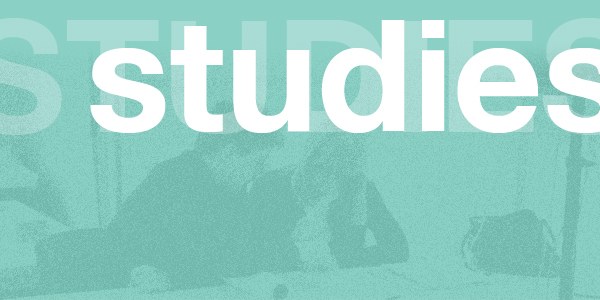
Our high-quality education is based on our core values of creativity, critical thinking, responsibility and cooperation. Our goal is to educate experts in the architectural field who holistically create places that support human well-being and who act boldly but responsibly to ensure the continuity of the built environment. Our education focuses on urban planning and design (including urban theory and community planning), architectural design (including architectural theory, sustainable housing design and public building design) and history of architecture and built heritage (including renovation), which are also strongly linked to our research areas. Our international learning environment, our innovative pedagogical teaching methods and our strong, and warm participative community offer excellent conditions for learning.
We offer several degree programs in the field of architecture, leading to both postgraduate degrees (PhD) and master’s and bachelor’s degrees. Our training as an architect complies with the EU Professional Qualifications Directive. In addition, there are popular exchange programs and various study courses to complement skills.

Degree Programmes in Architecture
Read more about the degree programmes here.
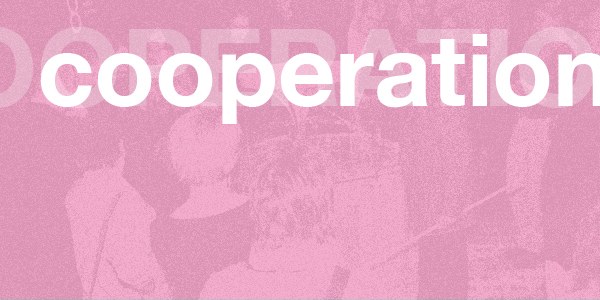
The School of Architecture strives to bring its know-how and research results to society through education, teaching, research and societal influence, both regionally and nationally bit also internationally. Research and education are conducted in close collaboration and engagement with cities, local communities, housing and construction companies, and with colleagues in different university institutions and research organisations.
Continued education is one of our topical development areas. We are increasing education contents that are available for professionals who want to update their skills and knowledge.
Professors

The School of Architecture is located in Rakennustalo building on Hervanta campus. Read more about the services on Hervanta campus and instructions for the visitors here.
Welcome to Hervanta campus!
Head of degree programme in Architecture
Head of Doctoral Programme in Built Environment
Study Services
Staff contact information
The staff's e-mail addresses are in the format firstname.lastname [at] tuni.fi.
Contact information for the staff of the Architecture Unit you can find on the bottom of this page.



